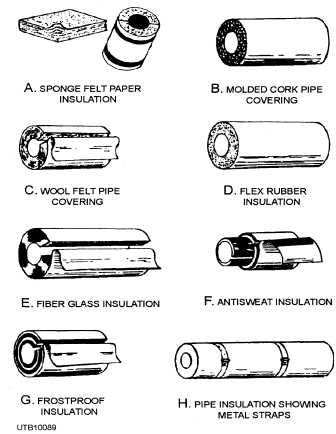
Figure 4-24. - Types of pipe insulation.
Sponge felt paper can be purchased in blocks of straight and preformed shapes for valves and fittings.
Cork pipe covering is a granulated material processed from the bark of cork trees. Granulated cork is compressed and molded to size and shape and finished with a coating of plastic asphalt. Cork pipe covering, as shown in view B, figure 4-24, is an ideal covering for brine, ammonia, ice water, and all kinds of cold waterlines, and it insulates well over a wide low-temperature range. Cork pipe covering does not rot or support combustion. Clean, sanitary, and odor free, it is available in a wide variety of sizes and shapes to fit various sizes of pipes and fittings.
Wool felt is made of matted fibers of wool, wool and fur, or hair, worked into a compacted material by pressure rolling. It is used on cold-water service and hot-water return lines. Wool felt preformed pipe covering is manufactured in thicknesses of l/2 to 1 inch, with a canvas jacket, as shown in view C, figure 4-24. It is manufactured in 3-foot lengths for straight runs of pipe.
Flex rubber insulation, shown in view D, figure 4-24, is a tough, flexible rubber material constructed of millions of uniform closed cells. It has good-insulating qualities, good-cementing qualities, excellent weather-aging qualities, and it is ideal for the prevention of sweating cold-water lines. In addition, it is water and flame resistant. Flex rubber insulation is recommended for covering tubing used in refrigeration and cold-water lines in homes, as well as in industrial plants and commercial buildings. This rubber insulating material comes in random lengths, with a wall thickness size of 3/8 to 3/4 inch. It is made to fit pipe sizes up to 4 inches.
Flex rubber insulation can be installed on pipes and tubing by slipping the insulation over the pipe when it is being assembled or by slitting the rubber lengthwise and sealing it with cement. Before installing flex rubber insulation on iron or galvanized pipes, paint the pipes with an asphaltic base primer to prevent corrosion caused by condensation.
Fiber glass pipe insulation, shown in view E, figure 4-24, is composed of very fine glass fibers, bound and formed together by an inactive resin type of mixture. It is formed into a flexible hollow cylinder and slit along its length for applying to pipes or tubing. It is furnished in 3-foot lengths with or without jackets. The insulation comes in thicknesses from l/2 to 2 inches and fits pipes from l/2 to 30 inches. Fiber glass insulation has a long life; it will not shrink, swell, rot, or burn. It is easily applied, light in weight, saves space, and has excellent insulating qualities.
Antisweat insulation, shown in view F, figure 4-24, is designed for cold-water pipes. It keeps the water colder in the pipes than most types of insulation; and when installed properly, it prevents condensation, or sweating, of the pipes.
The outstanding feature of antisweat insulation is its construction. It is composed of an inner layer of asphalt-saturated asbestos paper, a 1/2-inch layer of wool felt, two layers of asphalt-saturated asbestos felt, another l/2-inch layer of pure wool felt, and an outer layer of deadening felts with asphalt-saturated felts. The outer layer has a flap about 3 inches long that extends beyond the joint to help make a perfect seal. A canvas jacket is placed around each 3-foot length to protect the outer felt covering.
Frostproof insulation, shown in view G, figure 4-24, is manufactured for use on (1) cold-water service lines that pass through unheated areas and (2) those lines exposed to outside weather conditions. 4-19
Continue Reading